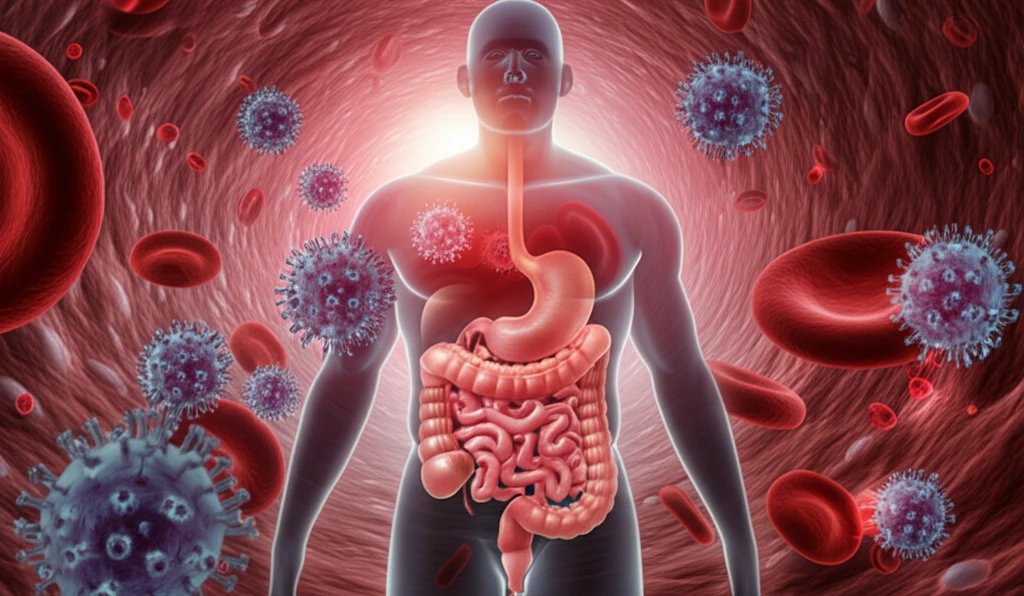
HIV's Hidden Battleground: How Gut and Blood Differences Impact the Fight Against Latency
"Groundbreaking research reveals that the mechanisms governing HIV latency differ significantly between the gut and blood, suggesting new strategies for a potential cure."
For decades, the quest to cure HIV has been hampered by the virus's ability to hide within the body, establishing what's known as latency. This means HIV can remain dormant, evading detection and treatment, only to reactivate later. Scientists have primarily focused on understanding this process in blood cells, but a groundbreaking study now reveals a more complex picture.
Most HIV-infected cells actually reside in lymphoid tissues, particularly in the gut. The gut provides a unique environment, teeming with immune cells and constantly exposed to various stimuli. Researchers at the University of California, San Francisco (UCSF), and the San Francisco Veterans Affairs Medical Center hypothesized that this unique environment might influence how HIV establishes and maintains latency.
Their research has uncovered a significant difference in how HIV transcription – the process of creating new virus – is blocked in the gut compared to the blood. This discovery has profound implications for future HIV cure strategies, suggesting that a one-size-fits-all approach may not be sufficient.
Unlocking HIV's Tissue-Specific Secrets

The study, published in PLOS Pathogens, meticulously examined HIV transcription in both the gut and blood of individuals on suppressive antiretroviral therapy (ART). Researchers used a novel technique to quantify various HIV transcripts, each representing a different stage in the viral replication process. These included transcripts indicative of:
- Transcriptional interference ("Read-through"): Whether the virus's genetic code is being disrupted by surrounding DNA.
- Initiation (TAR): The very first step of HIV RNA creation.
- Elongation (Long LTR): Copying the HIV genetic code into RNA.
- Distal Transcription (Nef): Further copying into the HIV genetic code to create RNA.
Implications for Future HIV Cure Strategies
These findings have critical implications for the development of future HIV cure strategies. The discovery that HIV latency is governed by different mechanisms in the gut and blood underscores the need for tailored approaches. Therapies designed to reactivate the virus from latency may need to be optimized for specific tissue compartments to be truly effective. The lower levels of HIV transcriptional initiation in the gut suggest that this site may be enriched for latently-infected cells, cells in a "deeper" state of latency, or cells in which latency is maintained by different mechanisms. This discovery provides important insight into the ongoing struggle against HIV, potentially paving the way for strategies that target the virus wherever it hides.
